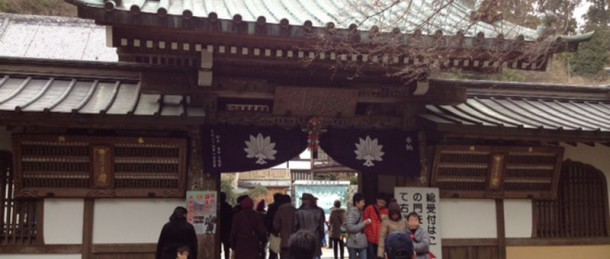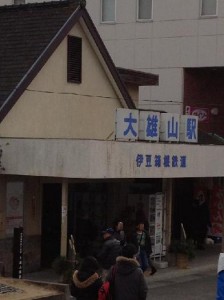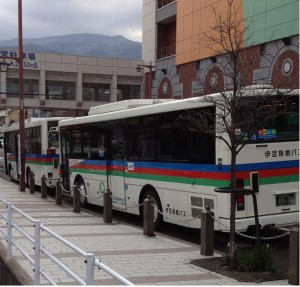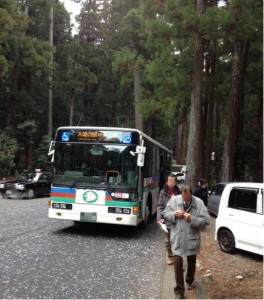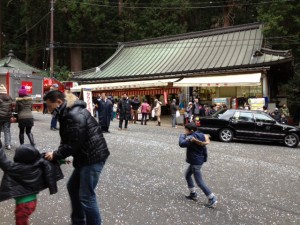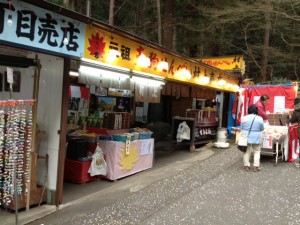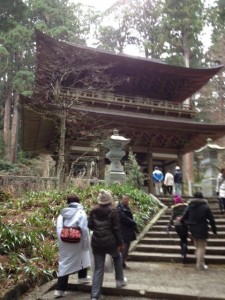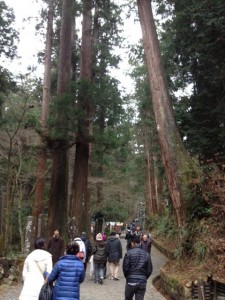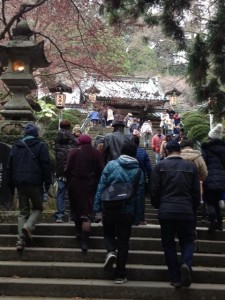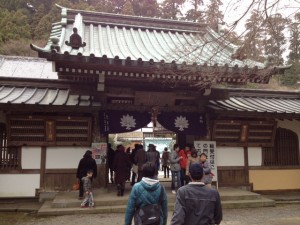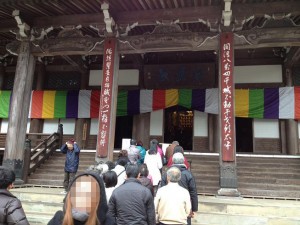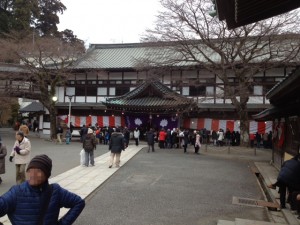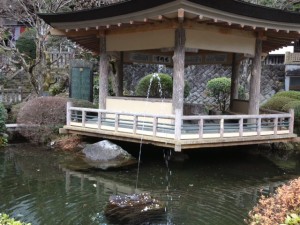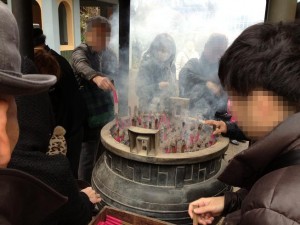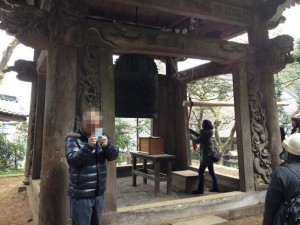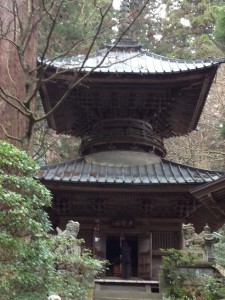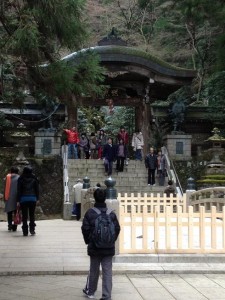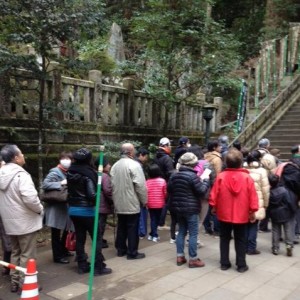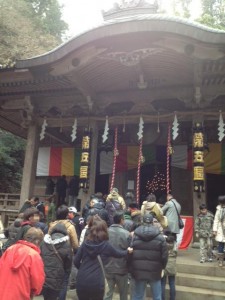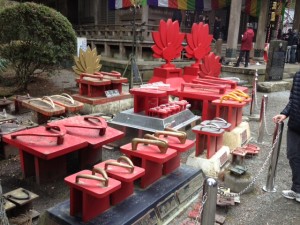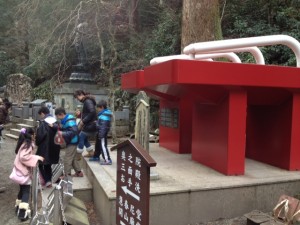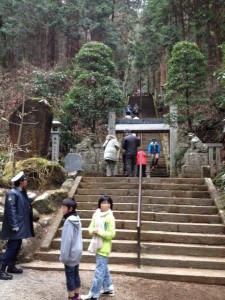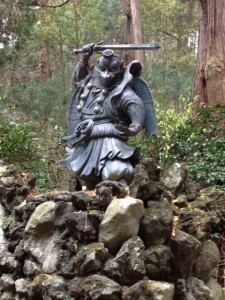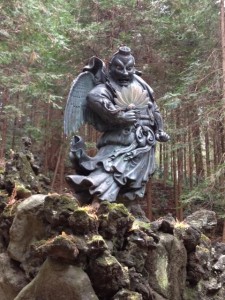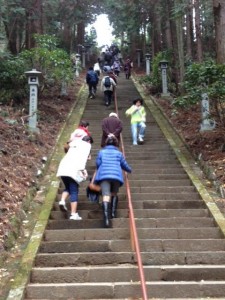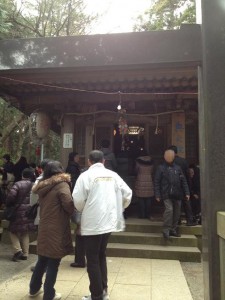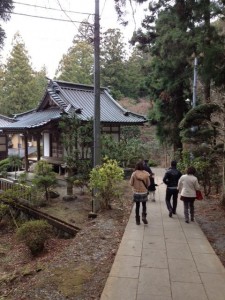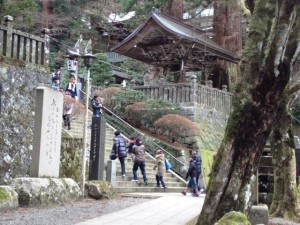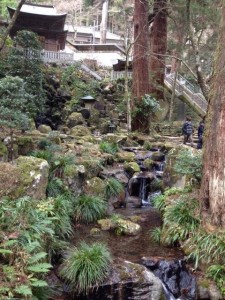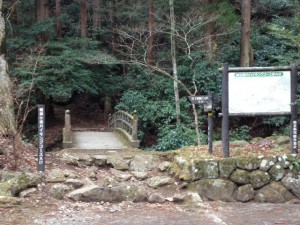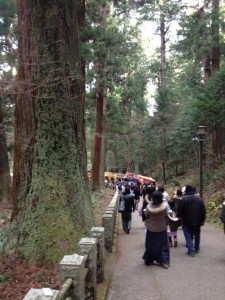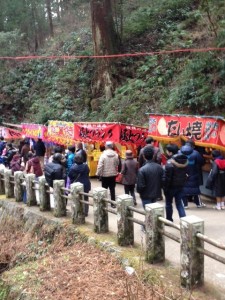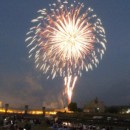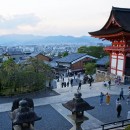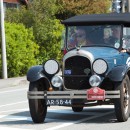New Year’s visit to a Shinto shrine Daiyu-San Saijouji-Temple (3 January, 2014)
2014/02/20
In Japan it’s our tradition to pay a first visit of the year to a shrine during the New Year every year. A first visit of the year is called “Hatsu mou de” to a shrineHere is our report. I report the state of this New Year’s visit to a Shinto shrine this time. It is about 30 minutes drive. We’d like to give some information about access from nearest station in the following article. We headed for a Shinto Shrine called Saijouji-Temple, which belongs Soto sect of Zen, and has more than 4,000 branches of a school in Japan. This temple is dedicated to Buddha accompanying two bodhisattvas, Manjusri “intellect” and Samantabhadra “wisdom”wishing to bring peace and wealth to the people. Temple also is known as dojo hall for young trainee monk. This temple has the side as a hallowed ground and has the history for 600 years and covers forest of 1300 sq. Kilometers. The hallowed ground where thick old Japanese cypress grows, having temple buildings of over 30 ridges creates mystic atmosphere. Anytime you go, you’ll be struck by an mysterious awe. You’ll feel awe but peaceful at the same time. Recently this Temple is called “power spot”(meaning spiritual places or sacred spots) and becomes a popular tourist destination.
Daiyuzan Station, Daiyuzan Line (Izu Hakone Railway) For Hatsumoude visit on New Year holidays, public transportations are recommended in order to avoid traffic congestion. During 1st to 3rd of Jan. general vehicles are not allowed to enter the parking lot. (There is a free parking lot, the number of cars parking is about 250, but is not available during New Years holiday (1st to 3rd of Jan.). You can use neighboring toll parking lot. Some parking lots are free of charge, a shuttle bus service runs between a parking lot and the temple. For train access you’ll use Daiyuzan Line. From Odawara Sta. it takes 20 min., then take a bus from there. It’ll take you to Saijouji Temple (10min.)
Bus stop to Daiyuzan is located in station square. It takes about 10 minutes. Fare is 260 yen (one-way).
There’re 3-4 stores along the way where you can stop by on your way back. Those are souvenir shops and serves drinks such as sweet soft sake called “Ama Zake”, local hot drink made of sake-cake.
After getting off bus, as approaching to a shrine the first thing you can spot among big Japanese cedars is a large gate. In fact, this is the 3rd gate which worshippers are supposed to pass. If you are interested in another gate (called Deva gate) you can take a walk instead.
This is an approach to a shrine. The trees here are Japanese cedars which are more than 500 years years old and therefore been designated natural monuments by Kanagawa Prefecture. Also, an approach is called “hydrangea approach”. More than 10,000 hydrangeas are planted on both sides of approach, time of hydrangea to bloom will be around June-July.
In addition, there are a lot of monuments along the way. Information such as names, prices and dates are carved on the surface. These monuments are commemoration of contribution which are made in time of need of repair or some festivals.
Still have long way to go. A large number of people are on their way to main shrine, Sanctuary, or holy yard.
On top of stairway to Main Building you see Ruri Gate, the gate of the sky blue or lapis lazuli. Enormous numbers of steps with no break but finally coming to a goal.
It is the the Ruri Gate, the gate of As you walk through the Ruri Gate you’ll get to “the” Main Buildig. So Let’s go inside! Btw this Ruri Gate is famous as one of best camerashot spot when the natural autumn decoration of a Japanese maple covers it.
It is study. It looks rather more wonderful to tourists’s eye han main shrine.
This is Honden (main hall). This temple is dedicated to Buddha accompanying two bodhisattvas, Manjusri “intellect” and Samantabhadra “wisdom”. It is said that for national tranquility the prayer is offered, and master of religious service and mountain guardian do the preach to monk practicing asceticism every day and night.
Reception “Haku un kaku” in front of main hall. Let’s head for “Oku no in” on the left side. There’s something we want to do before prayer.
This is light bower in front of main shrine.
This is big incense burner. When you pray we buy the stick of incense and burn it here.
It is bell tower. A great number of people lined up waiting their turn to come to hit bell.
It is Tahou-Tou Tower, the terasure tower.
※ Please make sure the info you see is the latest in advance.

